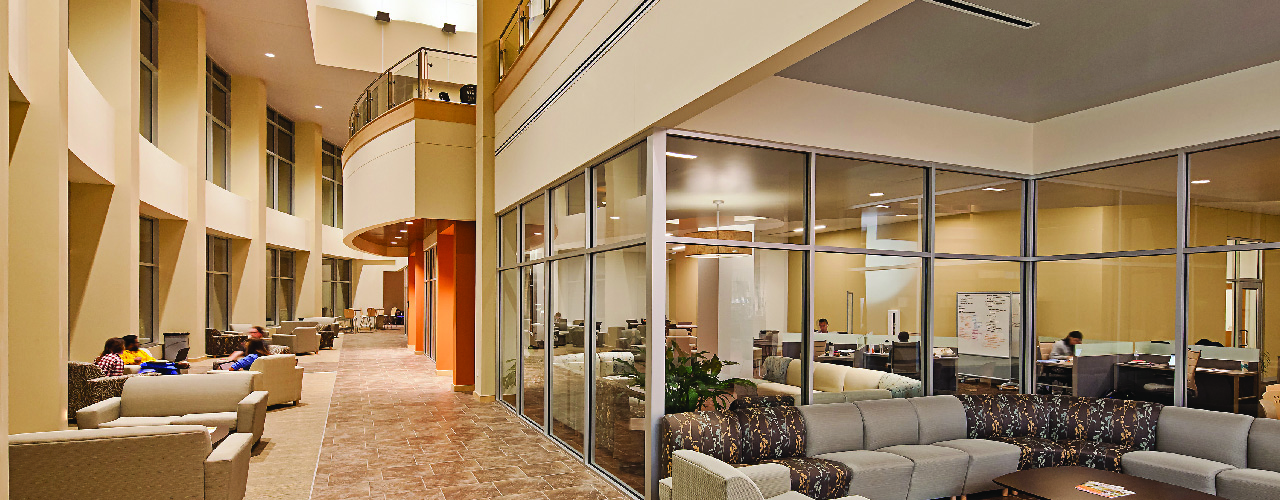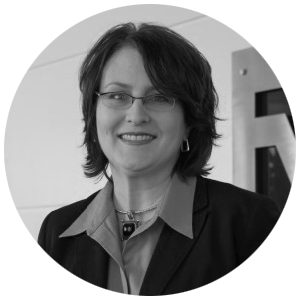BLOG
21st-Century Learning Part 3: Higher Expectations for Higher Education Today

Today, colleges are faced with much bigger challenges than just curriculum selection as they guide students toward obtaining degrees. The presence of the internet, advances in technology and social media have changed not only how students obtain knowledge, but also their expectations for how to learn most effectively.
Opportunities to create blended learning experiences must be leveraged to foster both independent and collaborative learning. By maximizing the integration of technology and face-to-face interactions, students can gain far more than just subject matter understanding. Today’s learners can better position themselves to succeed in the global workplace by developing the essential skills needed for 21st-century careers—some of which have not even been created yet.
The significant advancements in technology we’re all experiencing impact how we obtain and learn new information. Teachers and professors are no longer the only sources of information; they have become facilitators of learning that students can pursue independently. Primary and secondary institutions are leading the way to 21st-century learning by adopting innovative designs featuring flexible classroom spaces for team teaching, easily accessible technology, and labs that truly encourage and inspire innovation.
Learning institutions at all levels, including higher education, can help motivate students to grow their love of learning by focusing on providing dynamic and adaptable facilities and alternative ways to learn and solve real-world problems.
Designing effective 21st-century college and university learning environments becomes even more critical because students at this level are so close to entering the workforce. There, they will be expected to exhibit the collaboration, communication and problem-solving skills needed to succeed in today’s world. Employers want to hire workers who can identify and analyze problems quickly and work effectively to provide solutions, both independently and with others.
Designers need to provide rich, interactive and adaptive learning spaces for college students that enable them to work together, share ideas and explore active 21st-century hands-on learning. In addition to very flexible, student-focused classroom areas, innovation labs and maker spaces provide students with access to technology-friendly common areas for informal learning and project teamwork.
A great example of how a university can enhance its campus with facilities to encourage improved learning outcomes is the West Virginia School of Osteopathic Medicine’s (WVSOM) new Student Center. While the student center provides a variety of services critical to campus life (i.e. food service, bookstore and department offices), it also provides inviting informal social and study areas where students can explore and expand their learning outside of traditional classroom buildings.
Academic buildings are also required to house much more than classrooms. An example of a successful 21st-century academic building design is the new University of Cincinnati College of Business (COB), a project for which Woolpert is providing civil engineering, structural engineering and landscape architecture. The COB integrates communal space with learning spaces to encourage students and faculty to share knowledge and research. The building is also intended to spur joint research and problem solving with the community.
Renovations of existing academic buildings at health and medical science colleges are also including the integration of simulation rooms, including specialty robotic spaces, for students to receive hands-on training before they begin seeing real patients. Examples of these simulation spaces can be seen in the Clinical Evaluation Center at WVSOM as well as the Multidisciplinary Lab at Southern Illinois University’s School of Dental Medicine. Both projects demonstrate how the integration of cutting-edge technology and robotics with curriculum takes students’ practical skill development to a new level.
Creating thoughtful, inspiring and effective facilities across campuses helps leverage technology and cultivate the critical thinking and collaboration skills needed in today’s college students. Such spaces may require more innovative planning, but they ultimately result in more thoughtful, sought-after graduates who are well equipped to face the 21st-century working environment.

Denise Breunig, AIA, ALEP, LEED, AP BD+C
Registered Architect and Educational Planner Denise Breunig is Woolpert’s architecture discipline lead responsible for promoting continuous improvement within her discipline. She has over 27 years of experience designing K-12, higher education, military and other institutional projects. She is an Accredited Learning Environment Planner and expert in sustainable design.
Find Denise on LinkedIn
denise.breunig@woolpert.com